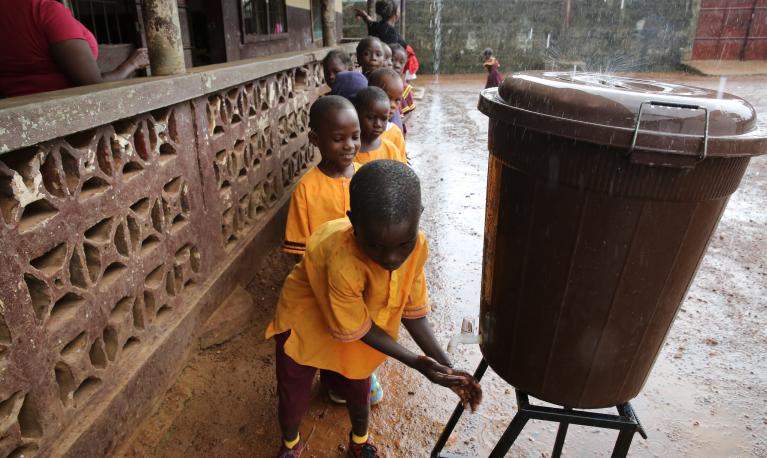Archive: Gender norms and the coronavirus
This page is an extention of the Gender norms and the coronavirus page where older resources are now being archived.
[Jump to Covid-19 and... Cross-cutting themes | Domestic labour | Education | Gender-based violence | Masculinities | Mental health | Political voice | Work/livelihoods]
Cross-cutting themes
Blog
9 June 2020

Biblio/Lit. review
1 June 2020
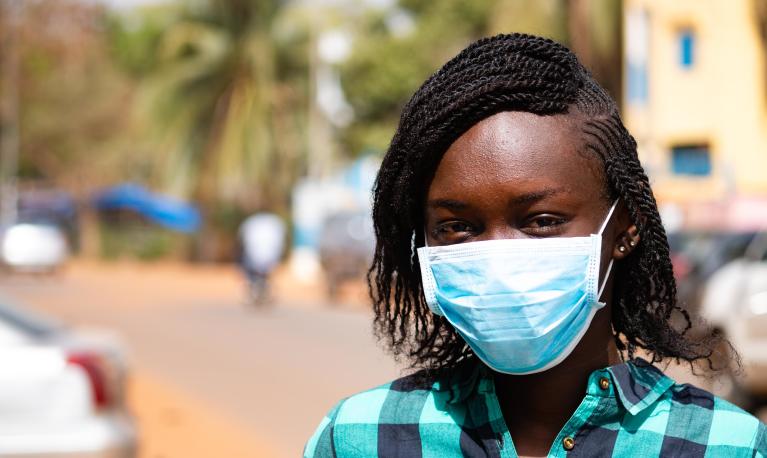
Briefing paper
18 May 2020

News article
29 May 2020
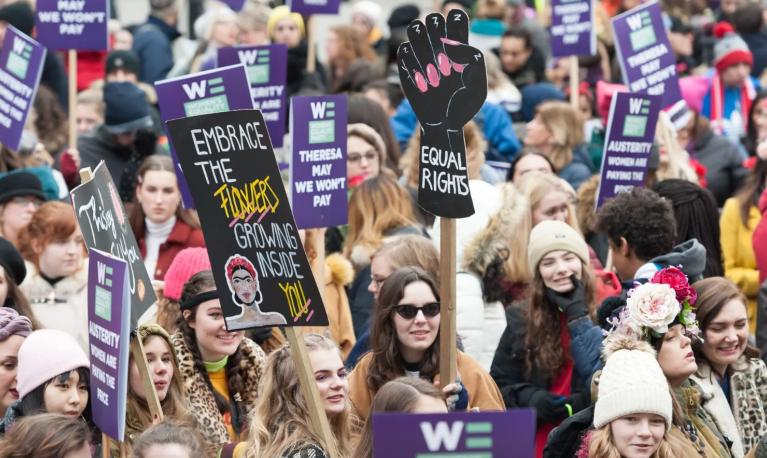
This article looks at concerns 50 years of progress on gender equality in the UK could be put into reverse unless government intervenes. Published by: The Guardian
Survey
28 May 2020
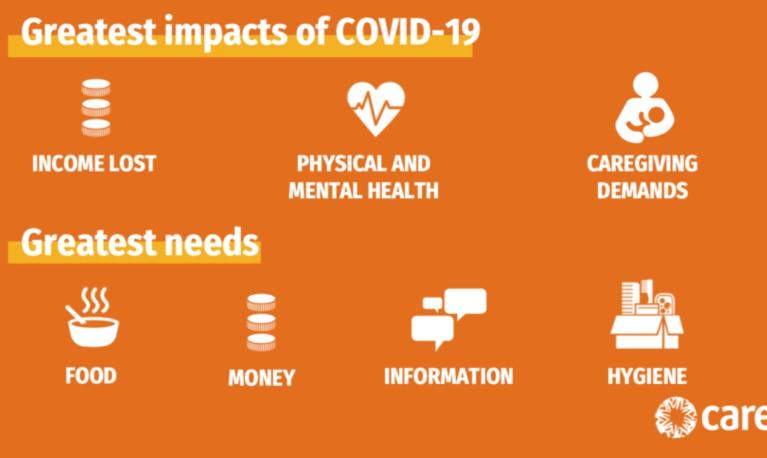
Women Respond is a new initiative to unpack the needs and realities of women and girls with whom CARE works around the world – many of whom are first responders in their communities. These voices…
Survey
11 May 2020
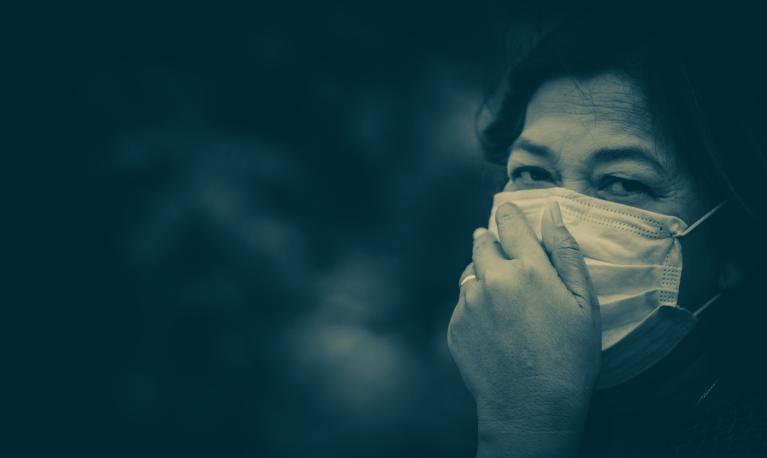
Emerge has adapted and developed evidence-based survey measures on Covid-19 and gender for topics such as violence, agency, education, environment, time-use, family planning, sanitation, social…
Article
8 May 2020
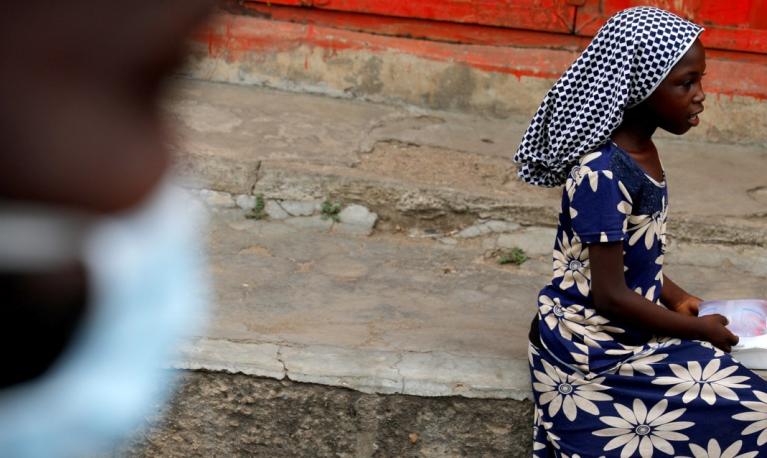
This article explores the negative impacts of the Coronavirus pandemic on women in Africa. The article looks at health care provision, labour, domestic violence and makes policy recommendations for…
Blog
7 May 2020
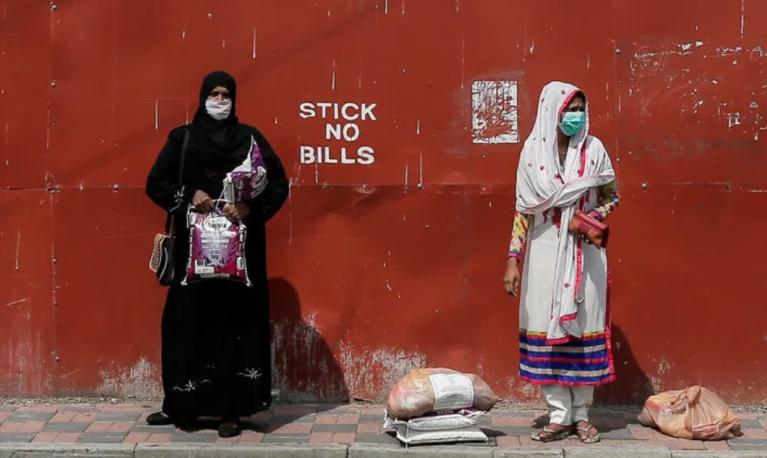
Economic independence and social justice – the anchors of feminism and gender equality in India - have been hit hard by the affects of Covid-19. But will it impact feminism as a movement in post…
Briefing paper
5 May 2020
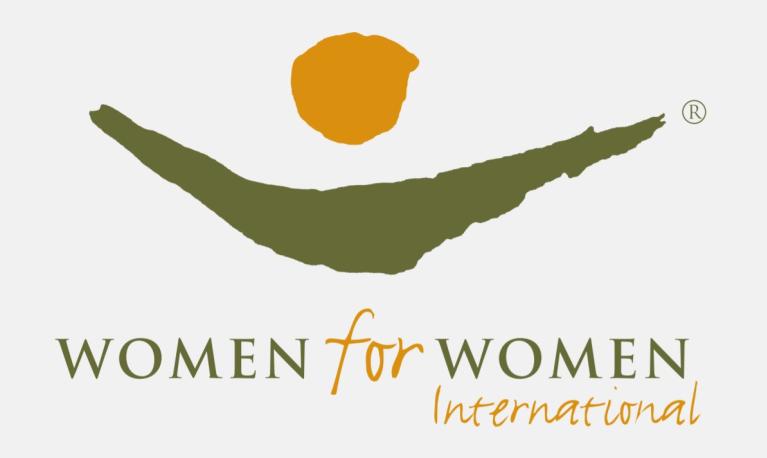
This paper looks at how to ensure the inclusion of marginalised women in fragile and conflict-affected states in Covid-19 prevention, response and recovery. Published by: Women for Women…
Report
1 May 2020
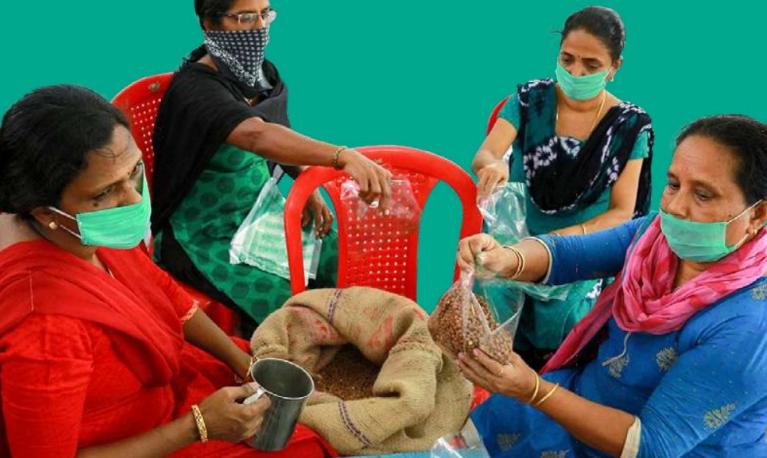
Report looking at the impact of Covid-19 on women in India. The reprot analyses the key challenges including soical protection and welfare, health, food, education, livelihoods, and gender-based…
Multi-blog
17 April 2020
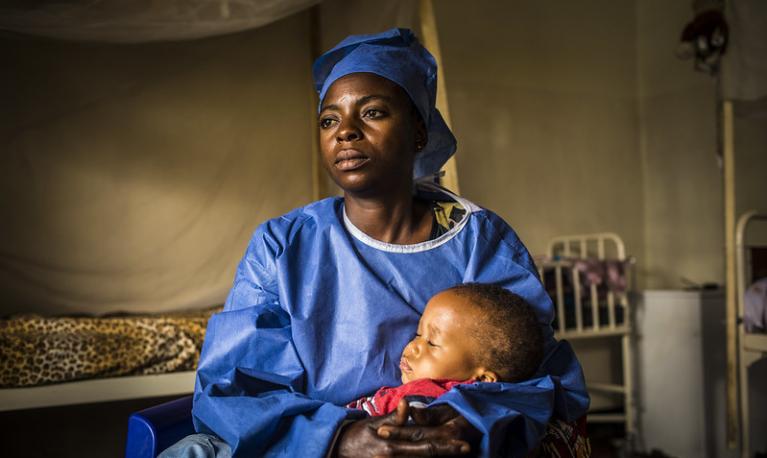
This multi-blog by experts from ODI looks at gender and Covid-19 in relation to leadership, violence, economic empowerment, education, health, social protection, youth, data and humanitarian…
Policy note
16 April 2020

Experiences from previous pandemics show that women can be especially active actors for change, while they can also experience the effects of the crisis in different (and often more negative) ways…
Blog
16 April 2020
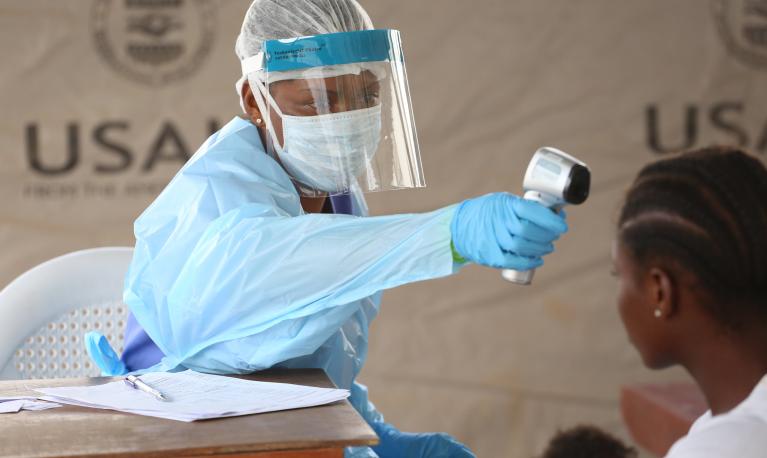
Infographic
8 April 2020
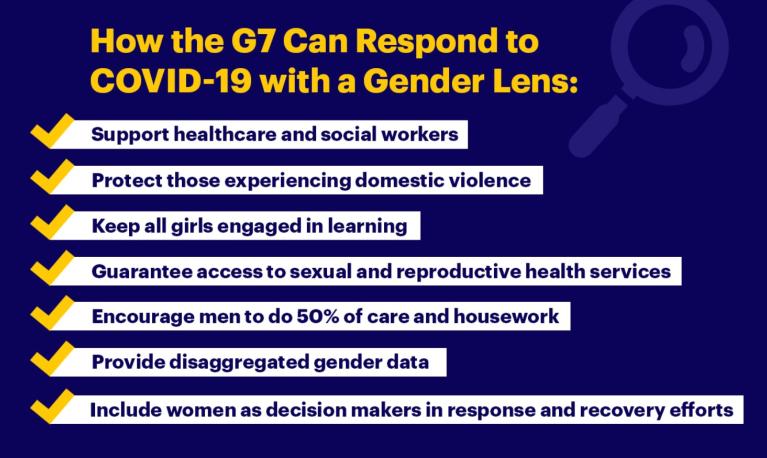
We know from experience that women’s voices are often excluded in a crisis, robbing us of vital insights into effective responses. We know that women step up to the plate when needed, but once a…
Mixed resources
1 April 2020

Latest research and analysis on the implications of the coronavirus pandemic worldwide from the Overseas Development Institute. Published by: ODI
Mixed resources
1 April 2020

Data2X has compiled a running list of resources and reporting on gender and gender data relating to Covid-19 preparedness and response around the world. Published by: Data 2X
News article
30 March 2020
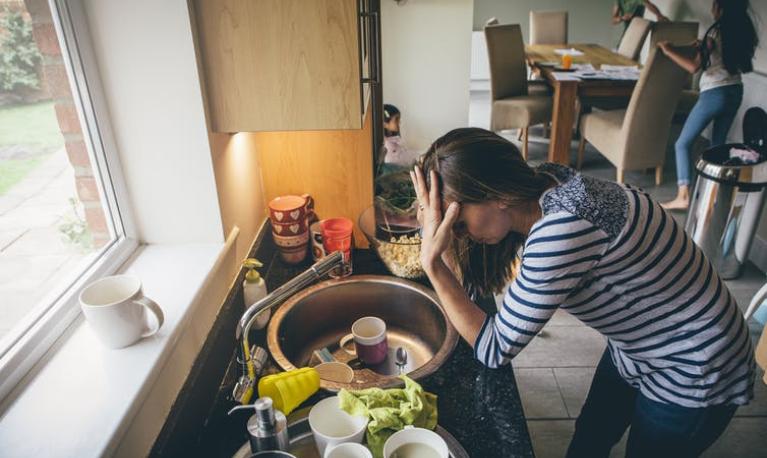
The likelihood is though that despite both parents now being at home, much of the “domestic” work will still land squarely on the shoulders of the women of the house. Like the 1950s housewife,…
News article
19 March 2020

This article reflects on the disproportionate impact on women’s domestic labour as well as the pre-conditions that allowed it to deepen inequalities (through unequal pay, women's increased domestic…
News article
16 March 2020
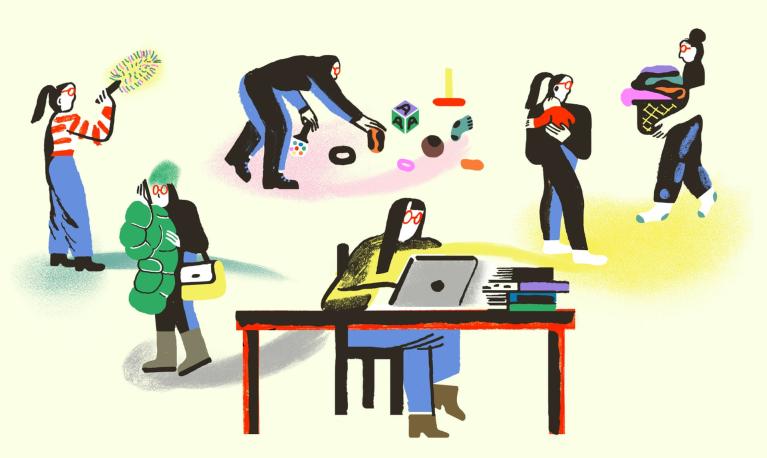
Reflecting a view from many northern countries, this article on Covid-19 in the USA describes the gender norms which assume women will take on the domestic roles, even whilst managing paid work…
Journal article
6 March 2020
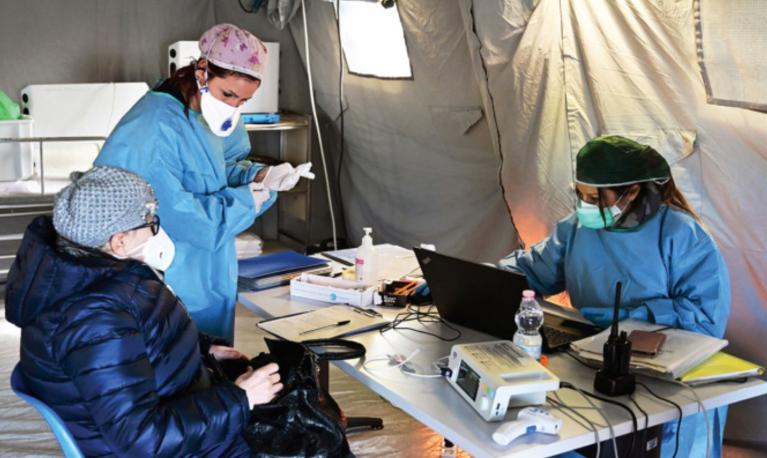
Short article about the physical and social differences between genders on the impacts of Covid-19. Published by: The Lancet
Joint policy brief
30 August 2020
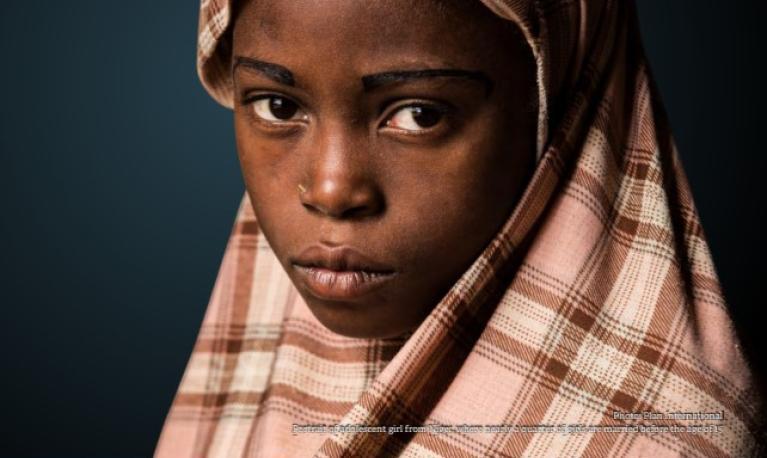
This policy brief begins by exploring how child marriage is deeply rooted in gender inequalities and discriminatory social norms. It also notes that the underlying drivers of child marriage in the…
Journal article
25 August 2020
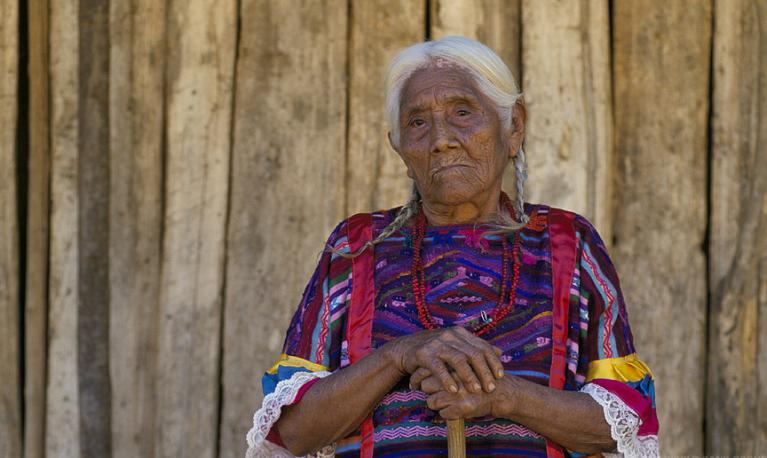
This article aims to show how the gender perspective has been largely overlooked in practice during the pandemic response in Mexico. The authors begin by discussing how domestic violence is…
Journal article
25 August 2020

This article begins by examining the kinds of violence driven by patriarchal behaviours that affect women during Covid-19, such as minimizing or monitoring victims’ communication with friends and…
Blog
7 August 2020
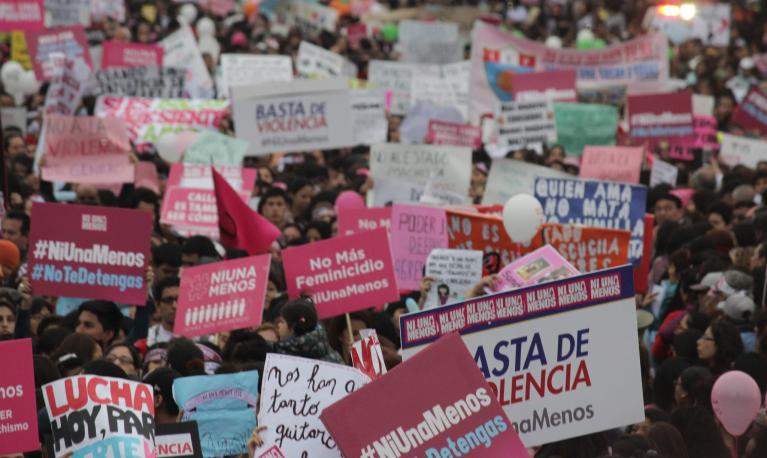
This blog reflects on the linkages between GBV in Latin America and Covid-19, with a focus on Peru, considering the structural and cultural drivers of GBV. The authors observe that progress in the…
Blog
24 July 2020
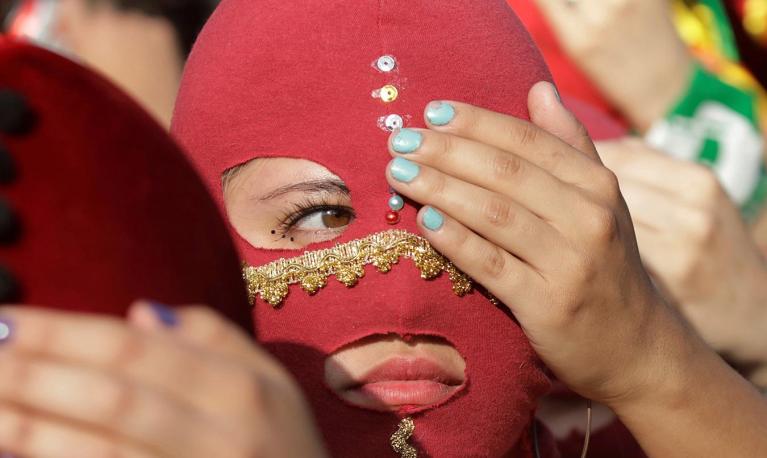
This blog notes how Covid-19 has unleashed a wave of international concern for increasing violence inside the home and how inequalities in gendered power dynamics and toxic masculinities faced by…
News article
22 July 2020
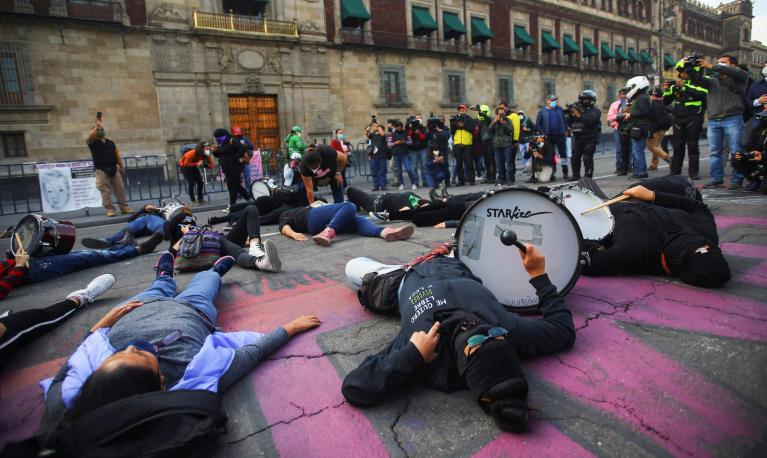
Violence against women has surged in Mexico since the start of the coronavirus pandemic, but the country’s president has downplayed the problem and slashed the budgets of agencies charged with…
Research report
17 July 2020
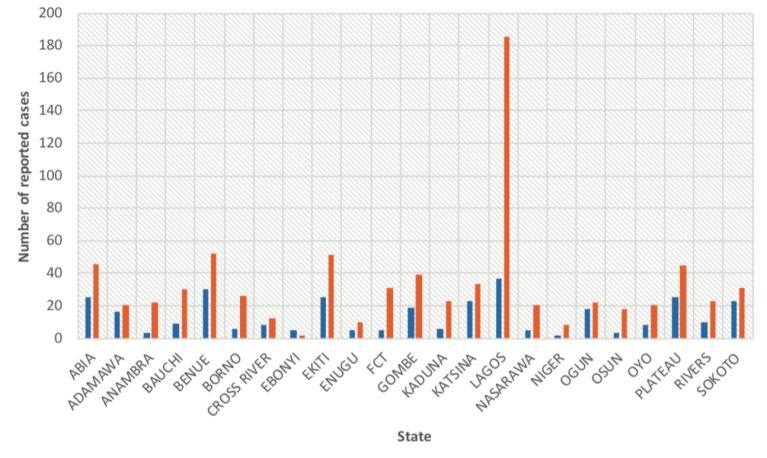
Based on interviews with women’s right’s activists, government officials and secondary data, this report examines the impact of Covid-19 on violence against women and girls in Nigeria and entry…
News article
3 July 2020

Governments need to do more to monitor and intervene to prevent violence against women during Covid-19 lockdowns, Human Rights Watch said today in a report to the United Nations special rapporteur…
Briefing note
1 July 2020
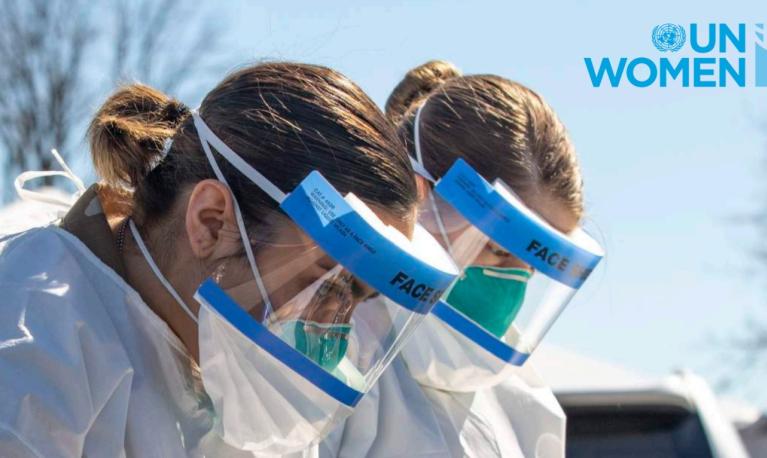
This is a living document outlining the current evidence on GBV during Covid-19 as well as innovative solutions and recommendations for organizations to integrate GBV support into their response…
Blog
26 June 2020
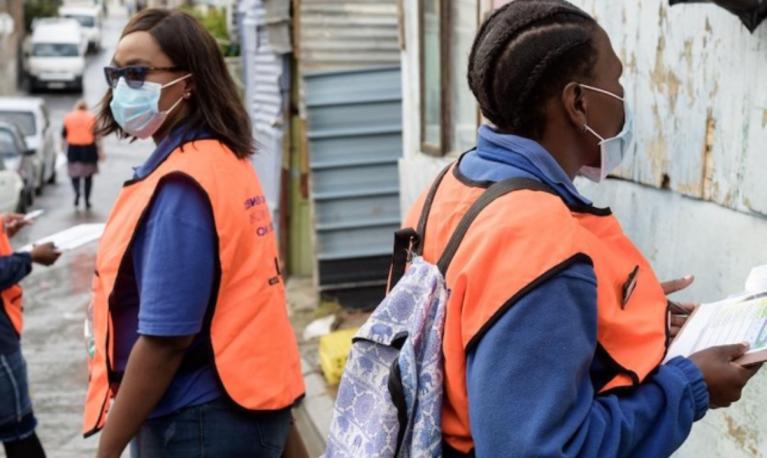
Based on the experience of South Africa, the authors indicate the role that alcohol and drugs, gender norms and beliefs about the roles of women in society, and childhood trauma play in increasing…
Blog
22 June 2020

This note reviews rigorous studies that have analyzed how Covid-19 and related policies are impacting rates of violence against women (VAW) and children (VAC), and highlights more reliable methods,…
News article
22 June 2020
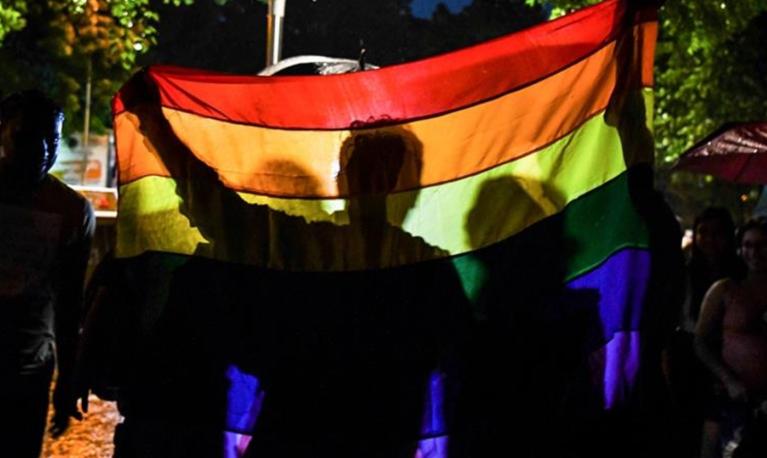
This piece highlights the experiences of violence (such as harassment and psychological torture) suffered by India's LGBTQ community during Covid-19. Although a colonial-era law banning gay sex was…
Briefing note
22 June 2020

This note reviews rigorous studies that have analyzed how Covid-19 and related policies are impacting rates of VAW/C and highlight more reliable methods, while acknowledging limitations of…
News article
16 June 2020
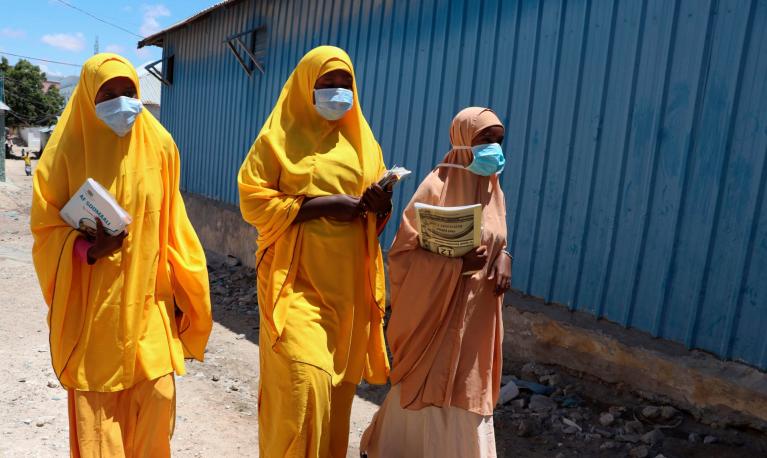
This article looks at how Covid-19 has exposed just how much work remains to be done to wipe out female genital mutilation (FGM) around the world. Two million girls who would otherwise be safe from…
Journal article
6 June 2020

This paper explores the potential short- and long-term implications of Covid-19 on the risk of intimate partner violence, highlighting some of the most recent preliminary data. It highlights how…
Journal article
21 May 2020
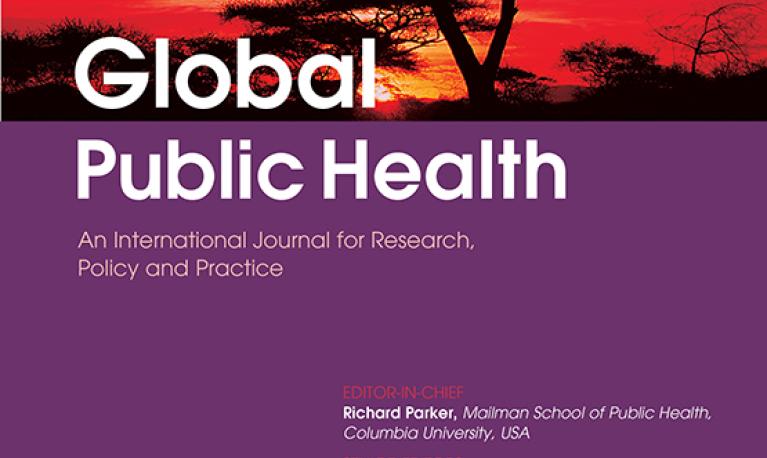
This paper looks at the disparities between men and women amidst Covid-19 recognising the role of gender norms in shaping men and women’s health across life stages. The authors note the importance…
Analysis
20 May 2020
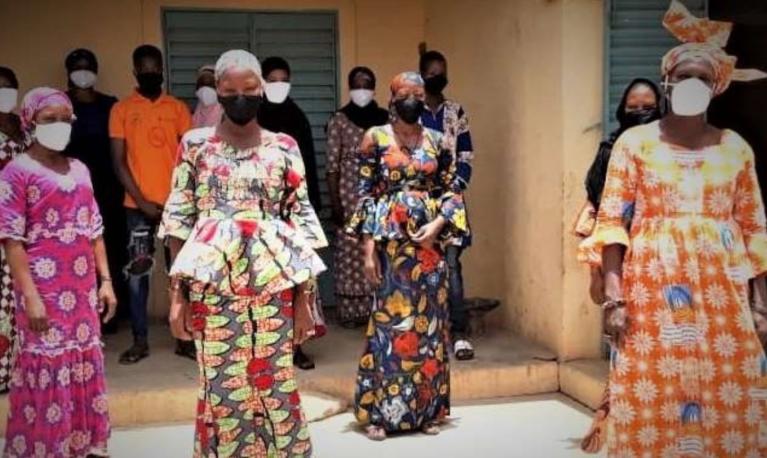
For its West Africa Rapid Gender Analysis - Covid-19, CARE interviewed a total of 266 people (52% women) representing the communities, technical and health ministries, UN agencies and international…
Report
20 May 2020
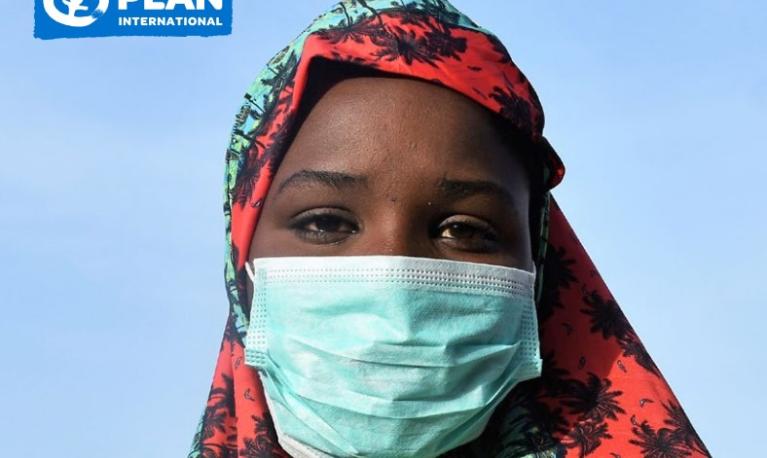
This report by Plan International shares the voices of girls affected by Covid-19 and highlights lessons from previous emergencies and humanitarian crisis that can be useful at implementing better…
Report
20 May 2020

This report explores the effect of the Covid-19 pandemic on forced migrant survivors of sexual and gender-based violence (SGBV) and the organisations which support them across five countries: the…
Blog
12 May 2020
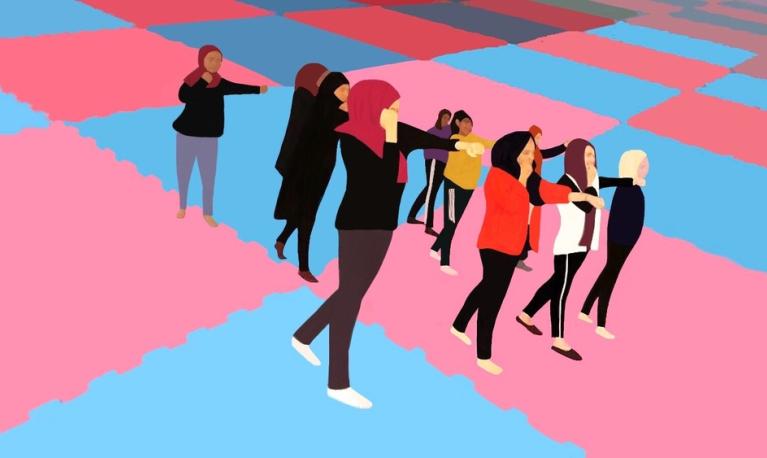
This blog looks at the plight of Syrian refugee women in Lebanon and Jordan. Now living with the additional strain the Covid-19 pandemic and lockdown measures have caused, the blog describes the…
Briefing note
11 May 2020
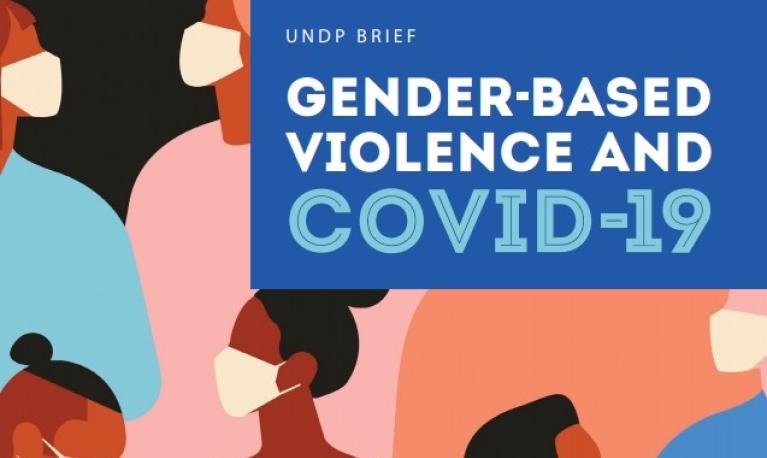
This briefing note provides concrete actions and strategies from a gender norms perspective that UNDP, UN agencies and development partners can take to prevent and address GBV in the context of…
Journal article
7 May 2020
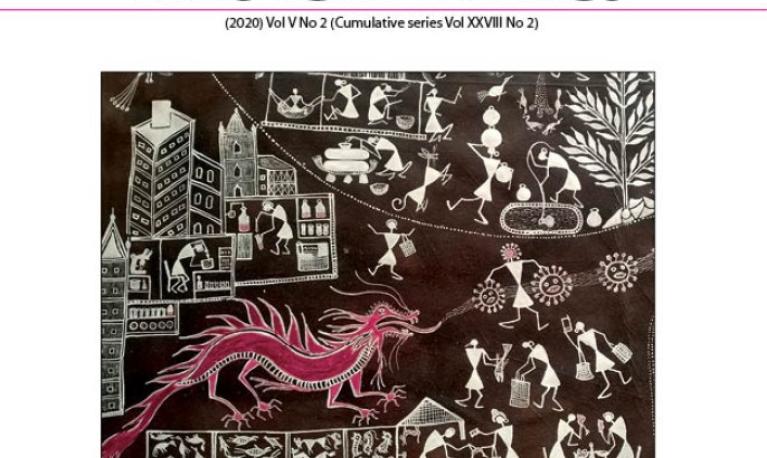
This article synthesises some of the existing reviews, articles and data, especially those published from the development and humanitarian sector, to study how gender is affected in multiple ways…
News article
5 May 2020

This news reveals the ways that lockdowns and movement restrictions affect violence against transgender people in different cities in Latin America such as in Bogota, Colombia, where women can only…
Report
30 April 2020
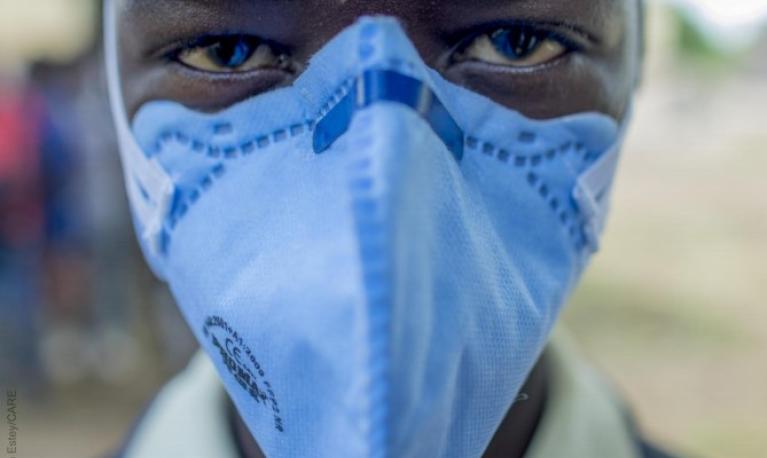
This report describes how different forms of gender-based violence (GBV) are likely to increase during the Covid-19 pandemic, creating more demand and greater need for services. Increased GBV can…
Brief
30 April 2020
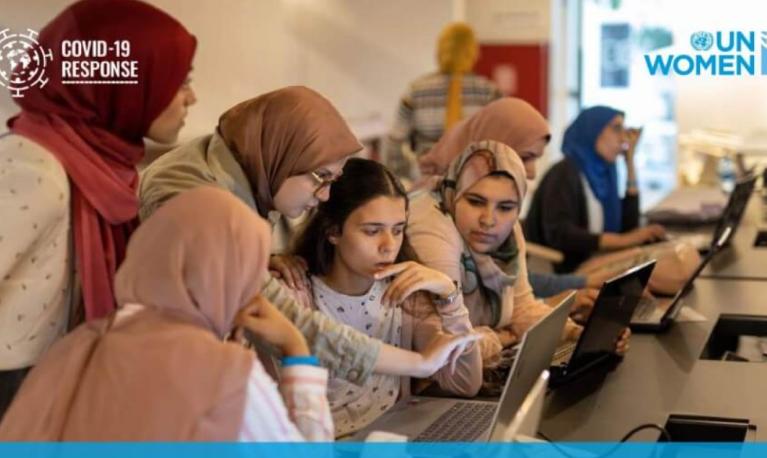
The brief highlights emerging trends and impacts of COVID-19 on online and ICT facilitated VAWG. The reports highlights that ICT facilitated violence has spread under the shadow pandemic of…
Summary
27 April 2020
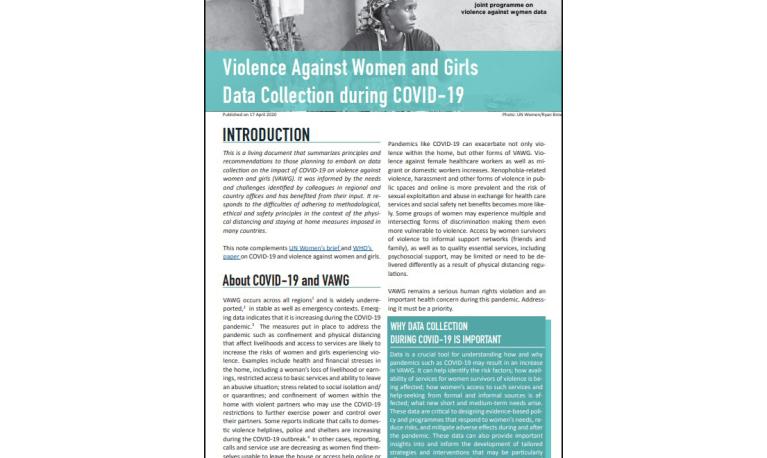
This is a living document developed by UN Women and WHO that summarizes principles and recommendations to those planning to embark on data collection on the impact of Covid-19 on violence against…
Analysis
27 April 2020
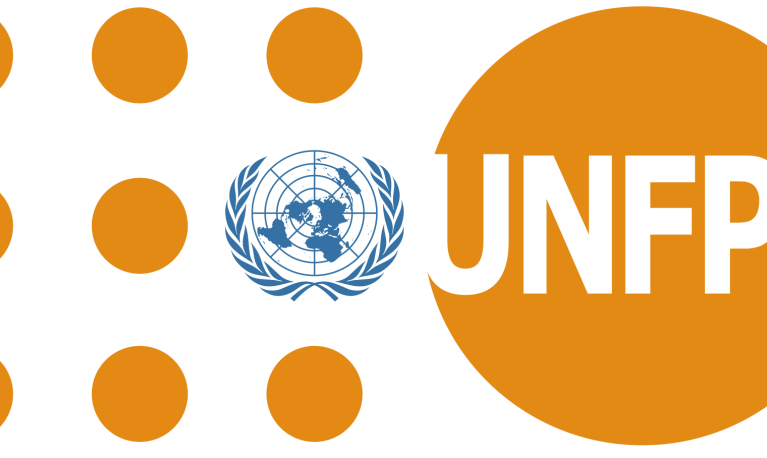
This analysis shows how the Covid-19 pandemic could critically undermine progress made towards achieving UNFPA’s goals to ending gender-based violence including harmful practices such as female…
Discussion note
27 April 2020
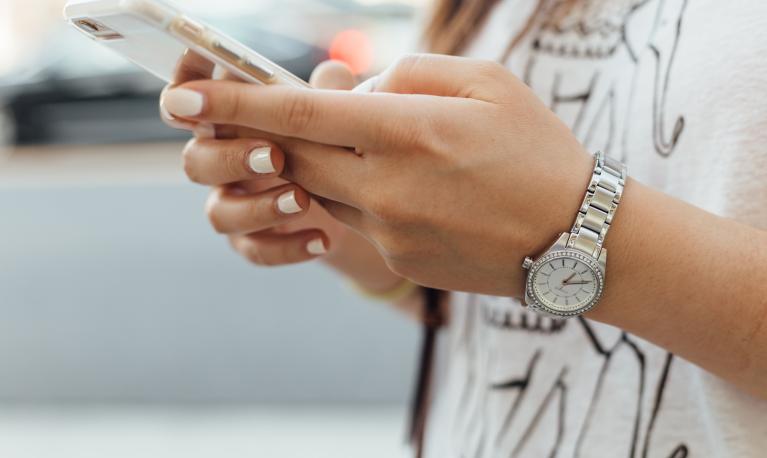
Gender-based violence (GBV) service provision during Covid-19: This short discussion note for GBV specialists explores low-tech ways to reach women and girls at risk of violence. This note provides…
Technical note
23 April 2020

This note provides a simple checklist for policy-makers, partners and UNICEF staff as they engage in the design and implementation of Covid-19 related social protection interventions, including…
Blog
17 April 2020

This blog, which is part of a longer multi-blog on Covid-19 and gender, looks at the impact the pandemic and its resultant restrictions on public movement are having on gender-based violence, as…
Infographic
8 April 2020
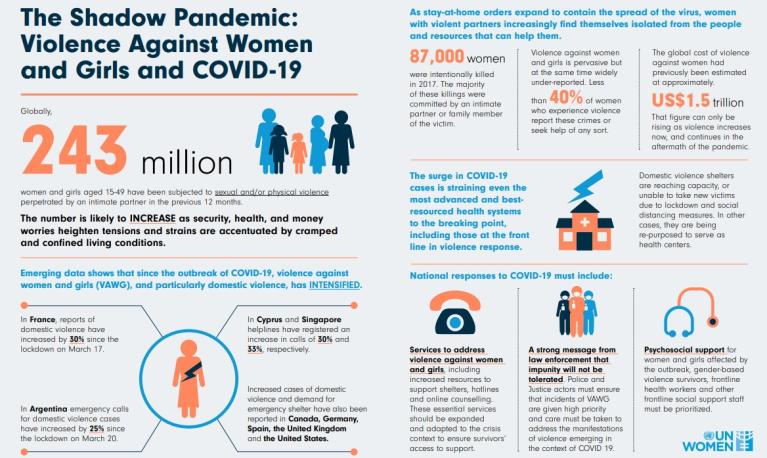
Gender norms underpin gender-based violence. The rising pandemic of gender-based violence alongside Covid-19 highlights the need for continued and upscaled work to change these norms. Norms also…
Journal article
8 April 2020
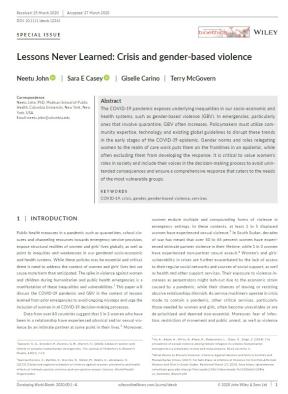
Blog
6 April 2020
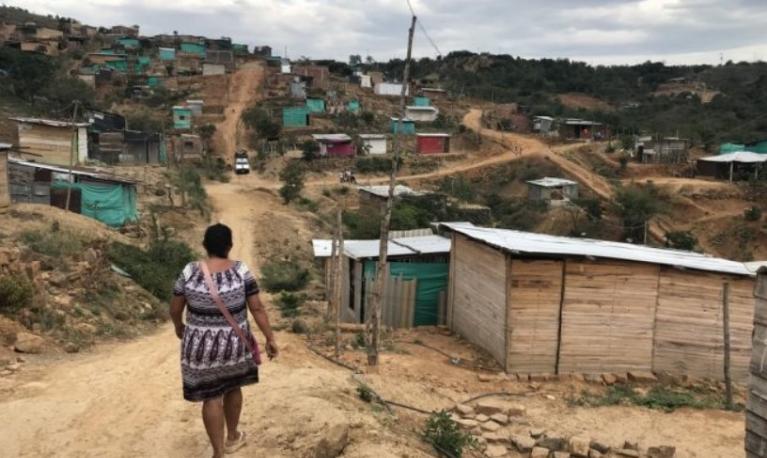
This blog reflects on the effects of Covid-19 on violence against women across the world and highlights the efforts by civil society organisations to provide or connect vulnerable women with…
Report
6 April 2020
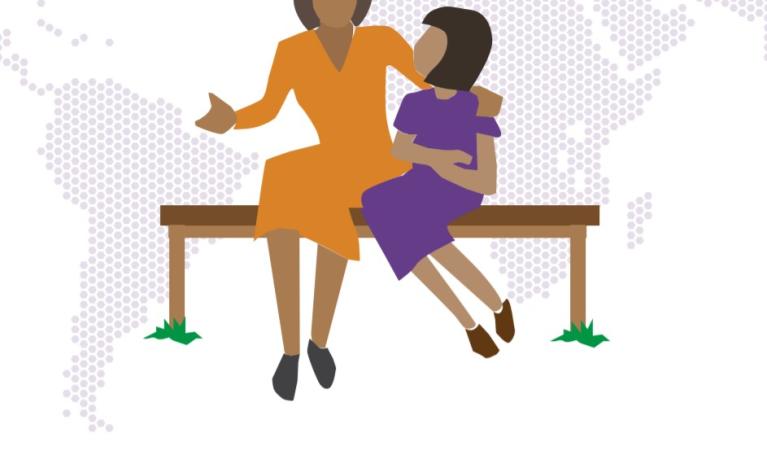
This document is intended to support non-GBV specialist humanitarian actors to identify Covid-19, GBV-specific risks in eleven different sectors (e.g. child protection, education, health,…
Journal article
2 April 2020
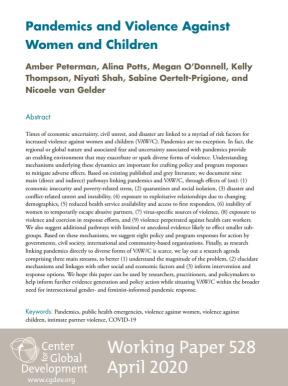
Blog
25 April 2020

This LSE blog provides data from surveys of male and female perceptions of the danger of Covid-19 and explains differences in terms of masculine attitudes and behaviours, which may make men more…
Journal article
23 April 2020

In this commentary, the authors point out that there are important gender determinants to both men’s and women’s vulnerabilities to Covid-19, and call on the global health community to unpack and…
News article
9 April 2020
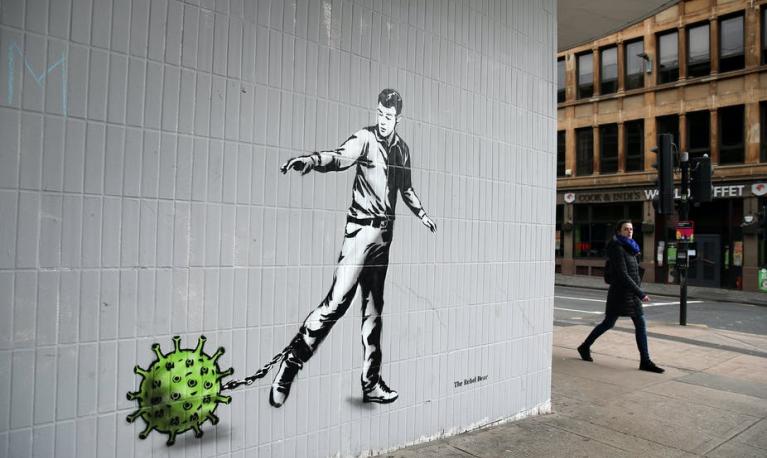
A useful article explaining how Covid-19 is experienced by men whose cultures reinforce macho stereotypes. This includes men’s physical and emotional vulnerabilities, social isolation and male led…
News article
7 April 2020
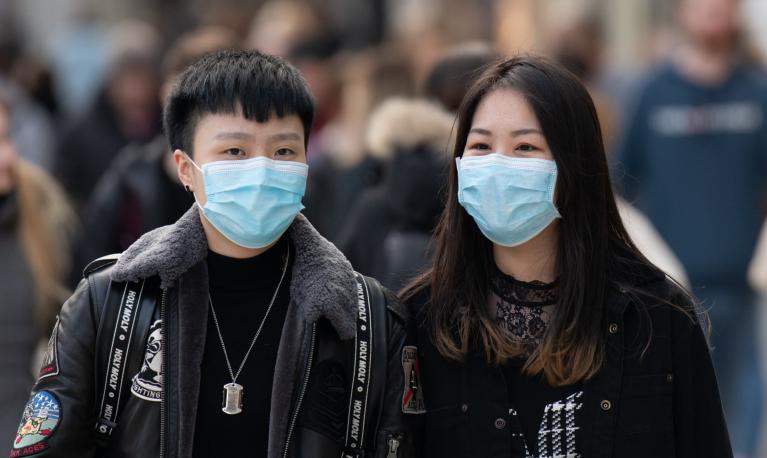
The early evidence leaves little doubt that Covid-19 poses a greater risk to men – but are the reasons biological or cultural? Published by: The Guardian
News article
20 May 2020
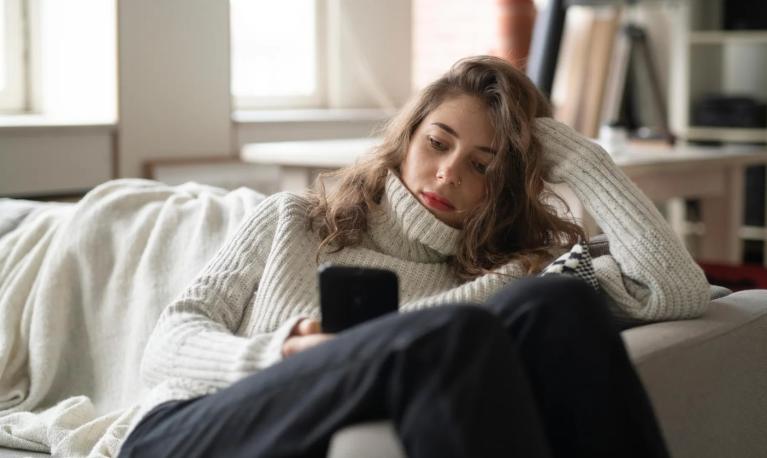
This piece notes that women are experiencing the emotional brunt of Covid-19, experiencing more anxiety than men with some evidence also showing that women’s employment is more likely to be…
Opinion piece
15 May 2020
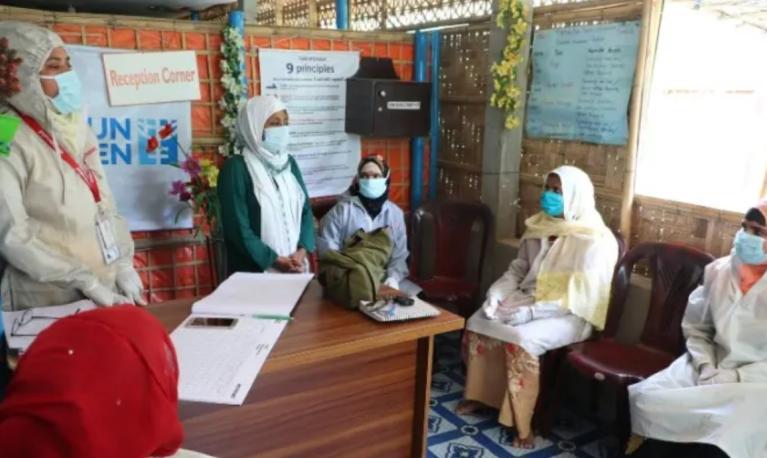
Focused on humanitarian contexts, this piece highlight the multiple factors that can cause mental ill-health in such contexts, noting also that appropriate responses are often neglected. The COVID…
Blog
4 May 2020
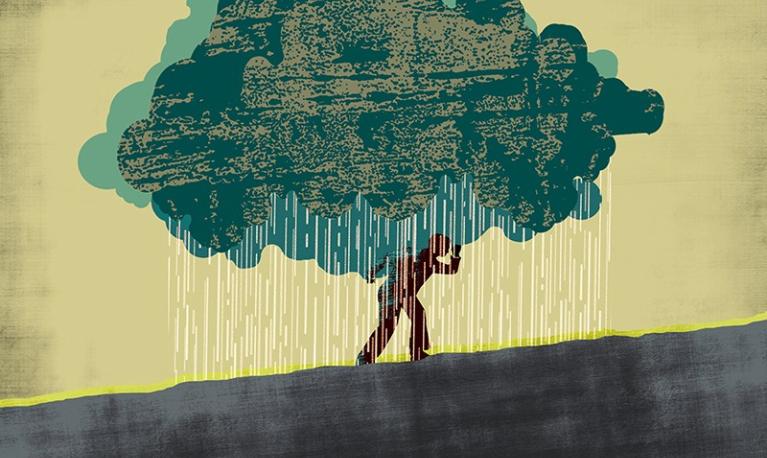
This blog makes a plea to include how social realities also need to be taken into account when addressing the mental health effects of Covid-19. In particularly, the author highlights the need to…
Position paper
15 April 2020

This position paper calls for multidisciplinary mental health research related to Covid-19 including its psychological, social, and neuroscientific effects, drawing also on the expertise of people…
Article
14 April 2020
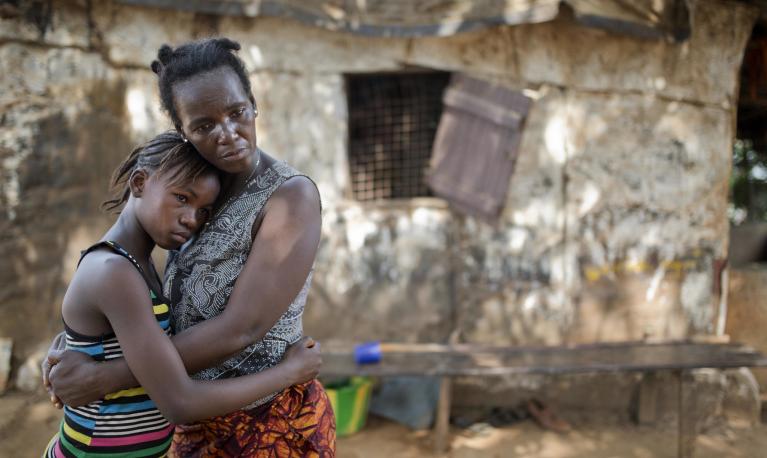
We asked how to prevent suicides caused by the pandemic. This is what experts told us Published by: The Lancet
News article
11 April 2020
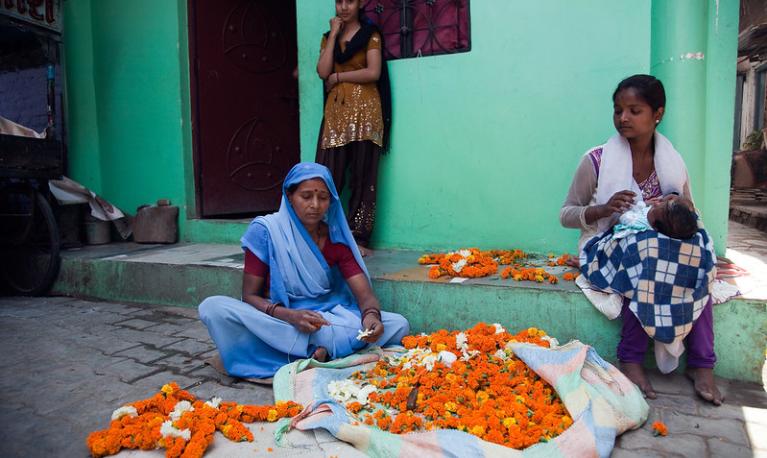
Covid-19 has clearly shown that Public Health infrastructure must be fortified, and women’s mental health urgently needs to be a priority. Covid-19 has affected women much more profoundly, (even…
Research survey
1 April 2020
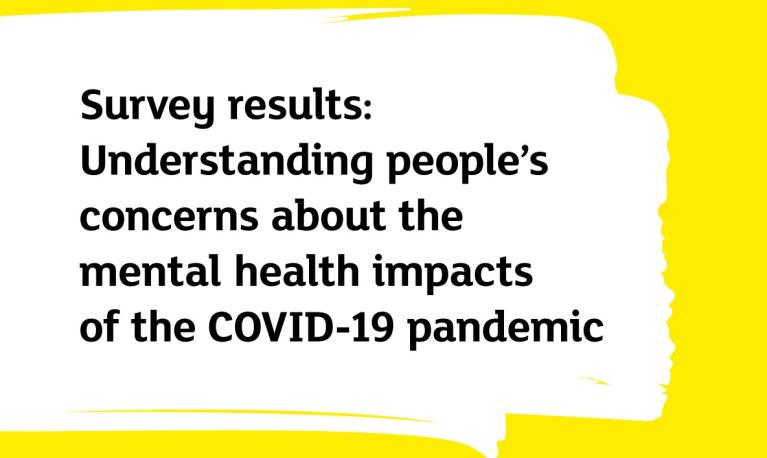
Two surveys carried out in the UK to help inform the framing of priorities for mental health research in relation to the Covid-19 pandemic. The data is separated by age and gender and was carried…
Briefing
1 June 2020
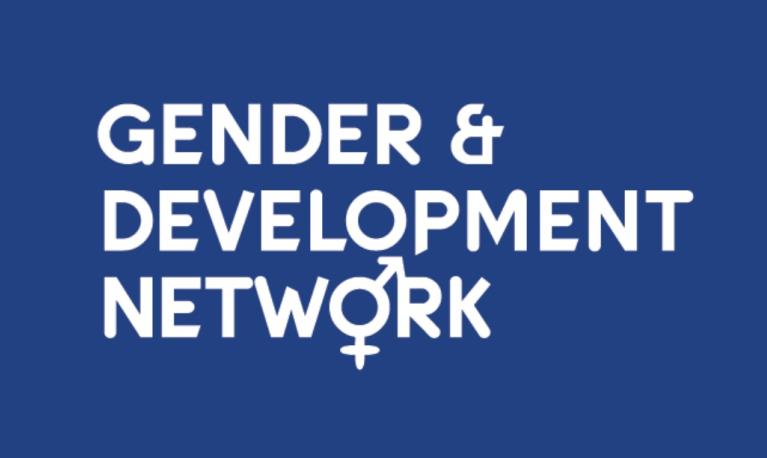
This briefing is from the UK's Gender and Development Networking highlighting key areas for action and support for women's voice and leadership in Covid-19, including financial support, voice in…
Blog
4 May 2020
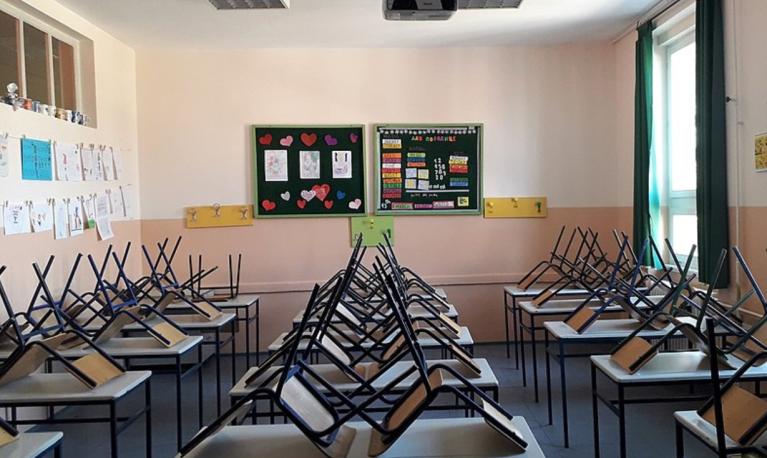
Four months into the Covid-19 pandemic, there is a growing awareness for norm collisions between the right to life and well-being associated with the virus on the one hand and a broad array of…
News article
25 April 2020
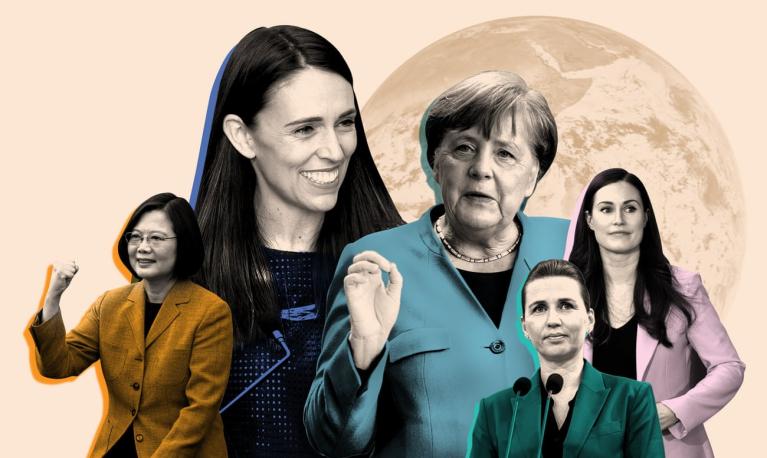
This article looks at research suggesting female leaders are managing their country's response to Covid-19 more successfully than their male counterparts and what attributes may be causing the…
Virtual roundtable
21 April 2020
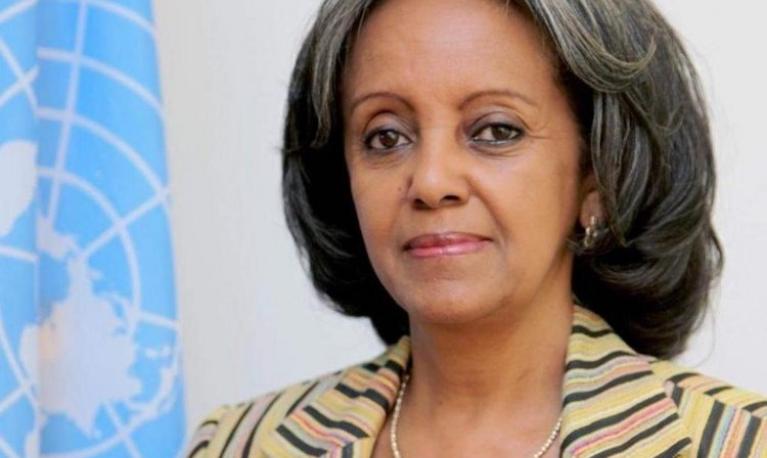
This high level convening brought together women leaders to discuss how to 'put women at the centre of decision-making' in the Covid-19 response. The meeting notes here lay out some of the critical…
Blog
13 April 2020
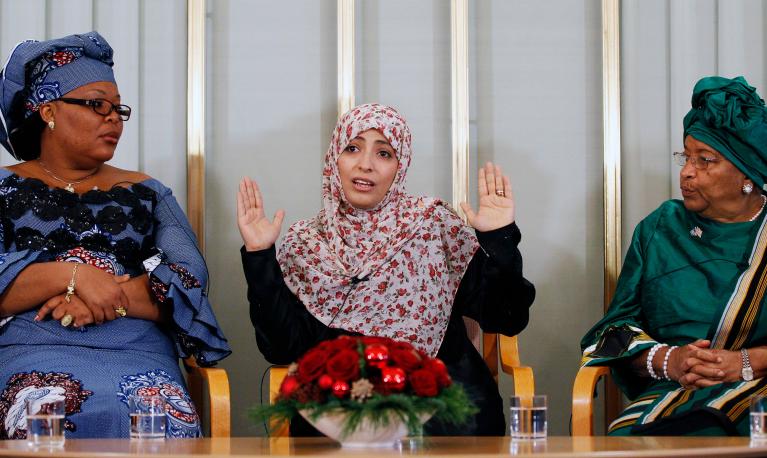
As Covid-19 continues to touch every country, it is clear the amplification of women’s voices is a global concern. But recognising the urgency of inclusion is just one step. How can we ensure…
Blog
4 April 2020
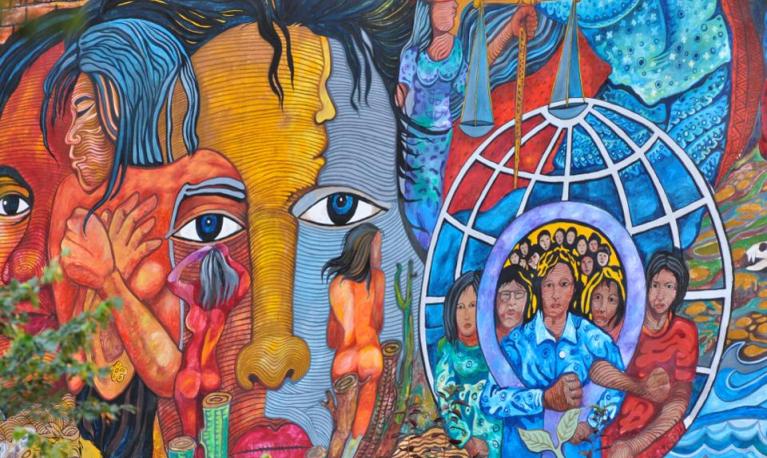
This blog looks at UN Resolution 1325 which recognises how women and girls are deferentially impacted by conflict and war and the critical role women can and already do play in peace building…
Opinion piece
27 March 2020
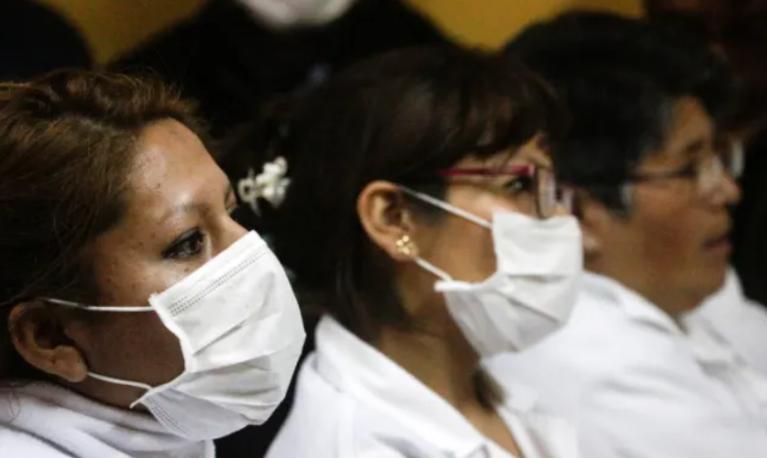
As COVID-19 exposes gaps in the world's pandemic response infrastructure — and challenges our collective social, political, and economic systems — we are faced with an opportunity to tackle the…
News article
24 May 2020
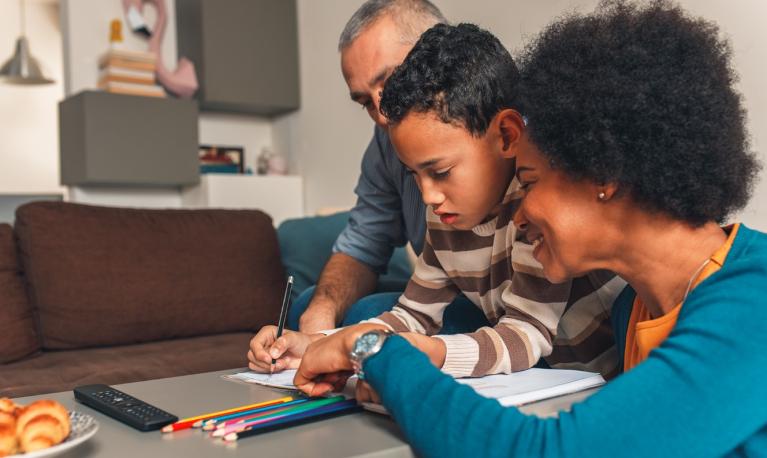
School closures, massive rates of job loss and furloughing, and a shift to working from home are all affecting how parents spend their time, and how mothers and fathers divide responsibilities for…
Blog
15 May 2020
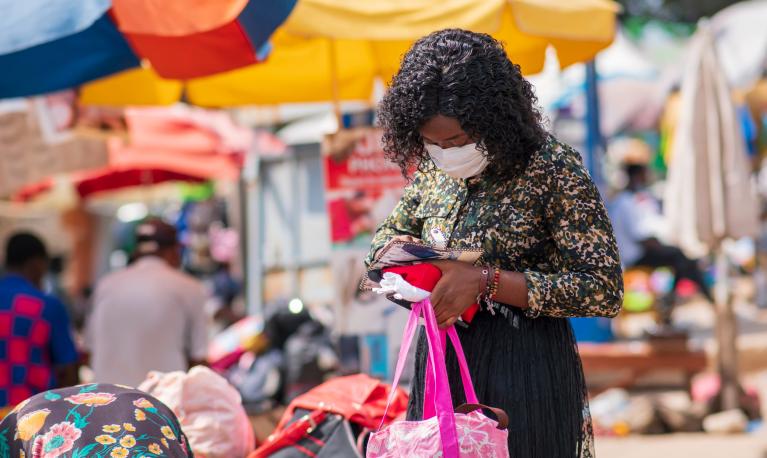
New research reveals the gendered impacts of Covid-19 on livelihoods in Kenya, Nigeria and South Africa. Published by: Cenfri
Study/Briefing paper
30 April 2020
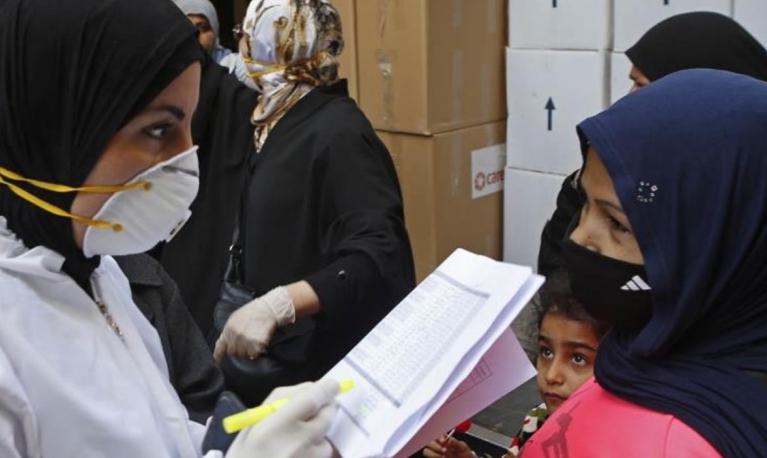
This briefing examines the economic implications of Covid-19 for women and girls, and concludes with recommendations for a gender-sensitive response. Published by: CARE
News article
29 April 2020
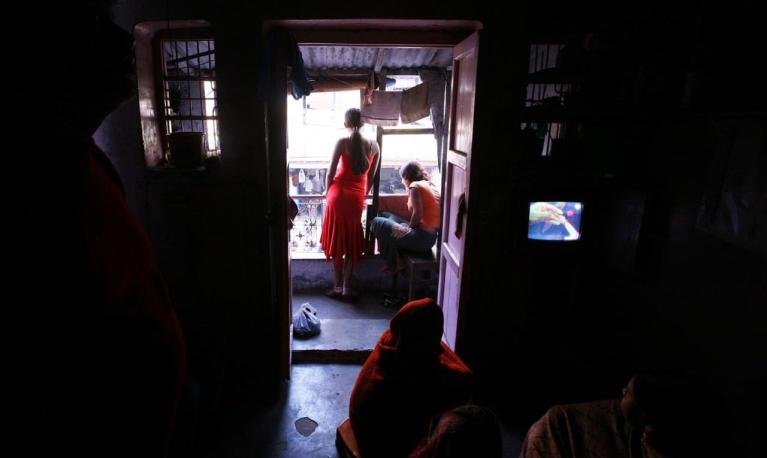
This article highlights the impacts of lockdown on a stigmatised social group – sex workers – and their exclusion from social protection initiatives. Published by: The Guardian
Article
28 April 2020
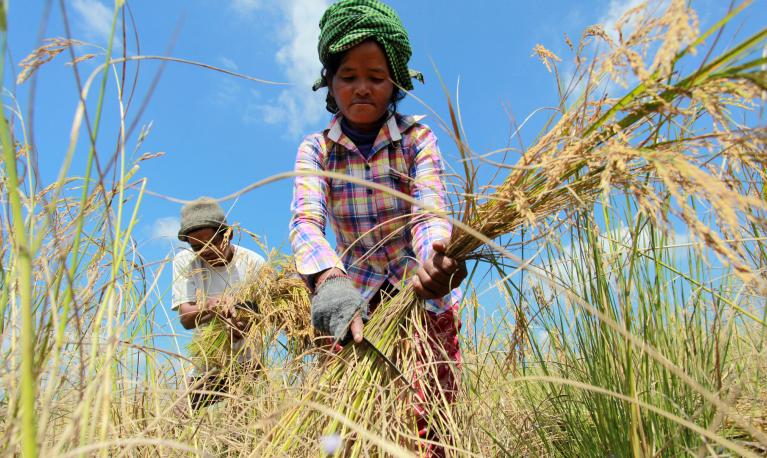
This article highlights the effects of Covid-19 on informal sector workers, with a particular focus on the agricultural workforce. It highlights some of the specific gendered effects as well as the…
News article
24 April 2020
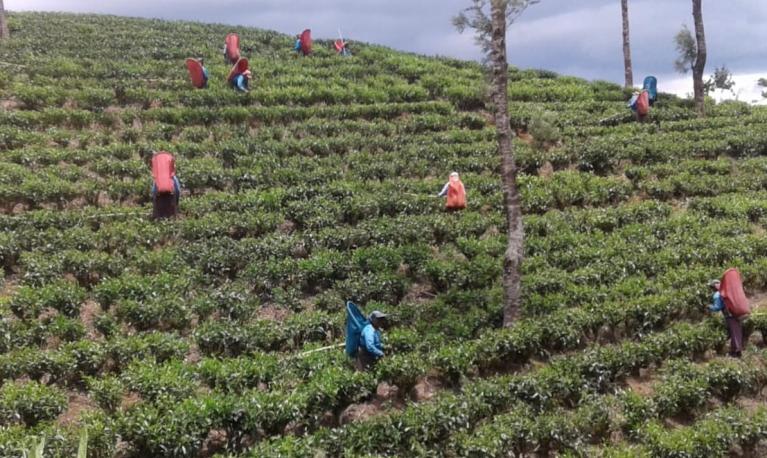
This article highlights the effects of Covid-19 on women workers in the tea sector in Sri Lanka. While they are able to work, living and work conditions increase the risk of contracting the virus…
News article
24 April 2020

Health care professional bodies, experts and trade unions have warned that female healthcare workers’ lives are being put at risk because personal protective equipment is designed for men and is…
